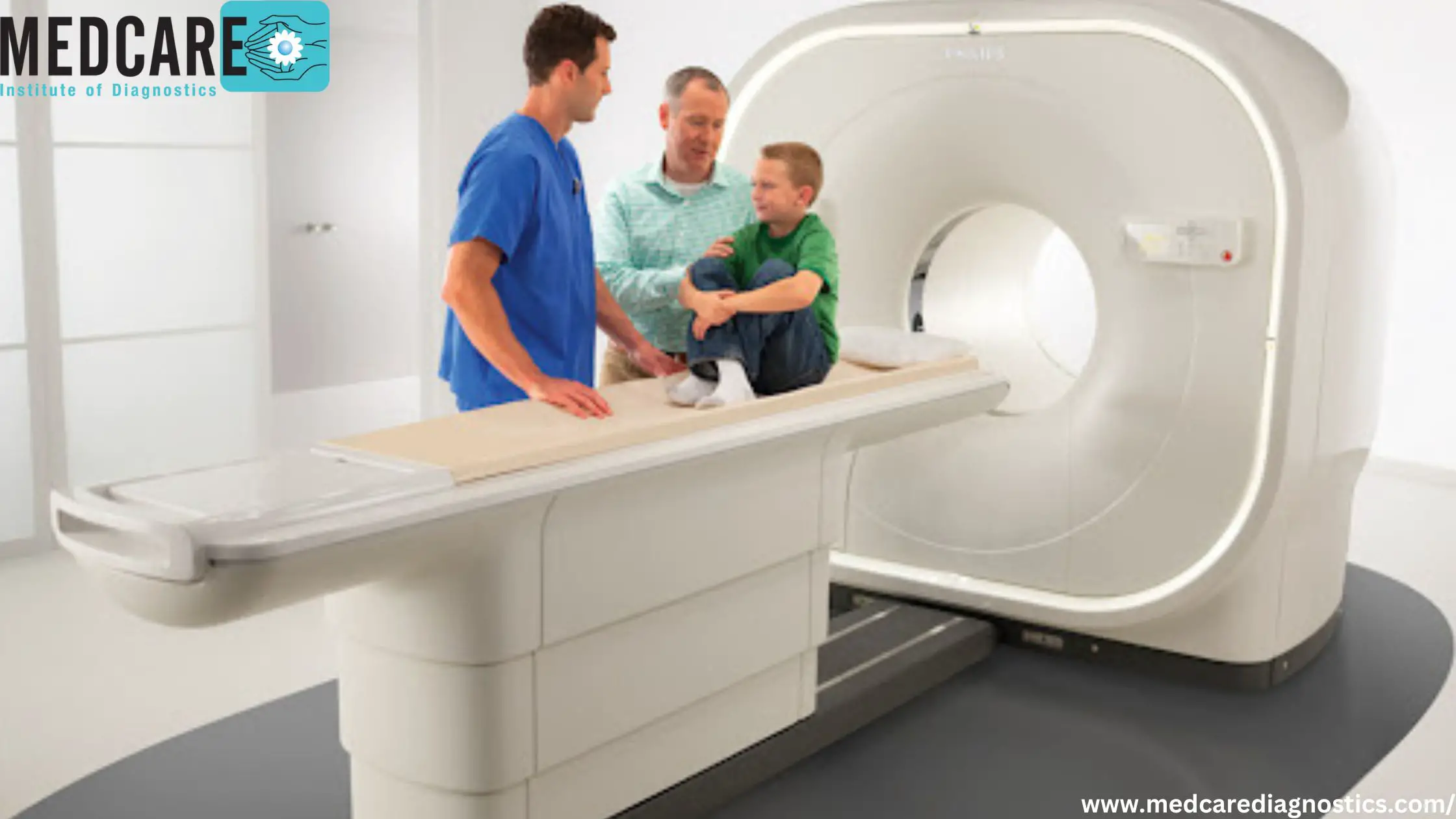Introduction:
Medical imaging has evolved significantly over the years, and one of the remarkable advancements in this field is the Positron Emission Tomography (PET) scan. This non-invasive imaging technique plays a crucial role in diagnosing and monitoring various medical conditions. In this blog, we will delve into the intricacies of Pet Ct Scan In Mumbai, exploring what they are and shedding light on the duration of this insightful medical procedure.
Understanding PET Scans:
Positron Emission Tomography (PET) is a nuclear medicine imaging technique that provides detailed information about the metabolic activity of tissues and organs within the body. Unlike other imaging modalities such as X-rays or CT scans, PET scans detect gamma rays emitted by a small amount of a radioactive substance, known as a radiotracer, which is introduced into the body. This allows healthcare professionals to visualize and assess the function of organs and tissues at a molecular level.
How Does a PET Scan Work?
The procedure begins with the injection, ingestion, or inhalation of a radiotracer, a compound that emits positrons—a type of positively charged particle. As the positrons encounter electrons in the body, they annihilate each other, producing gamma rays. Special detectors surrounding the patient then capture these gamma rays, creating detailed three-dimensional images of the internal structures and metabolic processes.
Applications of PET Scans:
PET scans are highly versatile and find applications in various medical fields, including oncology, neurology, cardiology, and psychiatry. In oncology, PET scans are frequently used to detect and stage cancers, assess the effectiveness of cancer treatments, and monitor potential cancer recurrence. In neurology, PET imaging helps in diagnosing conditions such as Alzheimer's disease and epilepsy. Additionally, PET scans can provide valuable information about cardiac function and blood flow, aiding in the evaluation of heart conditions.
Duration of a PET Scan:
One common concern for individuals undergoing medical imaging is the time it takes to complete the procedure. The duration of a PET scan can vary, but on average, the entire process typically takes about 1 to 2 hours. This includes the time needed for preparation, administration of the radiotracer, and the actual imaging scan.
The process usually involves the following steps:
- Preparation: Patients are often instructed to fast for a certain period before the scan, and they may also be advised to avoid strenuous physical activity. Additionally, patients may need to discontinue certain medications temporarily.
- Radiotracer Administration: The radiotracer is introduced into the body through injection, ingestion, or inhalation. This step is crucial for obtaining accurate metabolic information.
- Uptake Period: After the radiotracer is administered, there is a waiting period during which it is absorbed by the body tissues. This can take anywhere from 30 minutes to an hour.
- Scanning: The actual imaging process involves lying on a comfortable scanning table that moves through the PET scanner. It's essential to remain still during this phase to ensure the clarity of the images.
- Post-Scan Observation: Following the scan, patients may need to wait for a short period for any immediate side effects or reactions to the radiotracer. However, serious side effects are rare.
Conclusion:
Ct Scan In Mumbai have revolutionized the way healthcare professionals diagnose and monitor various medical conditions. The comprehensive metabolic information provided by PET imaging allows for more accurate and personalized treatment plans. While the duration of a PET scan may seem relatively short, its impact on medical diagnostics is profound, offering a deeper understanding of the body's internal processes. As technology continues to advance, the future holds even more promising developments in the realm of medical imaging.
Social Links –
Facebook – https://www.facebook.com/medcarediagnosticscentre/
Instagram – https://instagram.com/medcarediagnostic
Twitter – https://twitter.com/MDignostics






